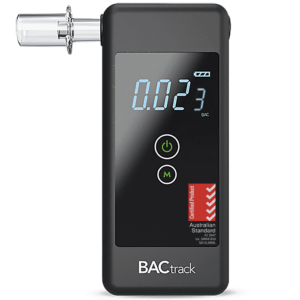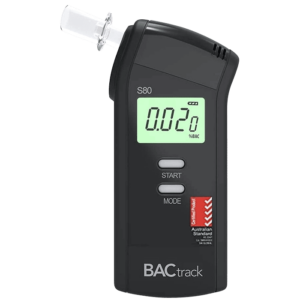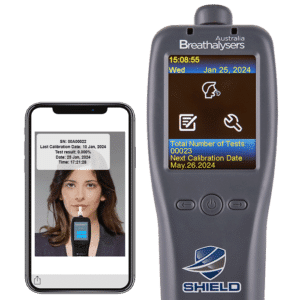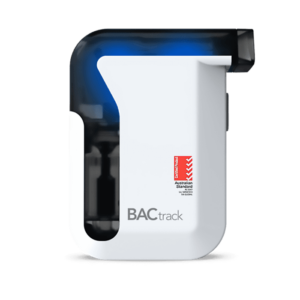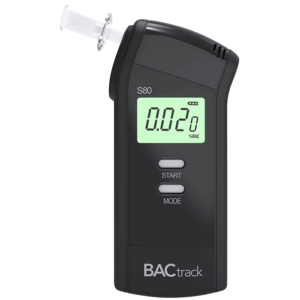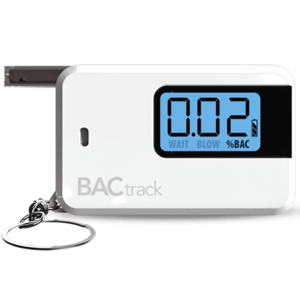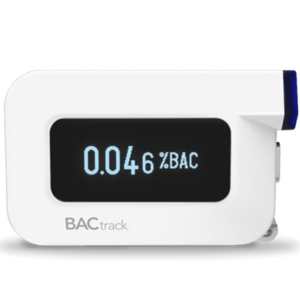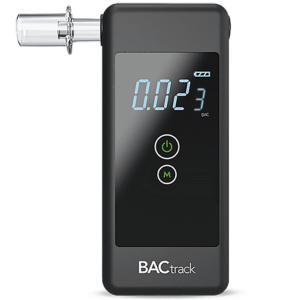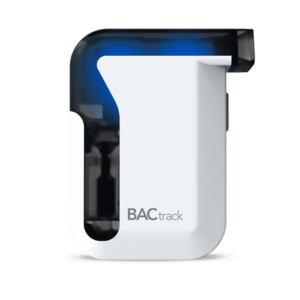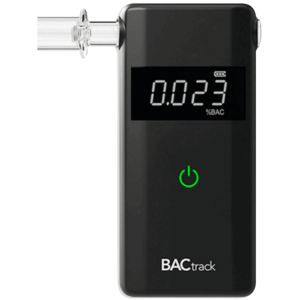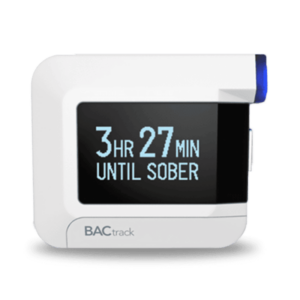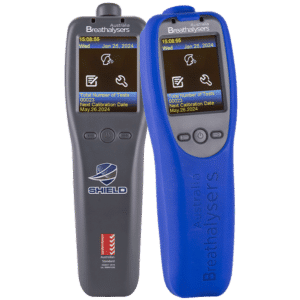Alcohol in Drug Urine Test: Can It Be Detected?
15 August, 2023

Employers often use drug urine tests to check for illegal drug use in the workplace. This test helps them identify employees who may have substance abuse issues or engage in risky behaviours. Employers may also request testing for other substances like ethanol. When people drink alcohol, it goes into different body organs and stays detectable for some time. The alcohol in drug urine tests can be detected up to 48 hours after someone consumes it.
Individuals should understand the duration for which alcohol remains in their bodies. This knowledge can help them stay aware of the impairing effects of alcohol. Researchers have found that several factors can affect how quickly the body metabolises alcohol. Depending on the test used, it can be detected in the body within 10 hours up to 90 days. This article will present how urine tests detect alcohol, burn-off rates, and a better alternative for alcohol screening.
Detection of Alcohol in Drug Urine Test
Drug urine tests detect the presence of drugs in a person’s urine. They are frequently used in various settings, such as workplaces, sports competitions, and medical institutions. These tests involve collecting a urine sample from the individual and analysing it to identify specific substances. Moreover, urine tests can identify a wide range of drugs. These include marijuana, cocaine, opioids, amphetamines, and benzodiazepines.
Alcohol in drug urine tests can be detected by measuring the concentration of ethanol in the urine sample. When a person consumes alcohol, their body absorbs it into the bloodstream. Subsequently, the body eliminates alcohol through urine. As the body breaks down ethanol, it produces specific metabolites such as acetaldehyde and acetate. These metabolites can be found within a certain timeframe after alcohol consumption.
The timing of drug urine tests can affect the results of alcohol detection. Therefore, people should consider their detection window when timing the tests. Testing too soon after consumption can lead to misleading results. Conversely, waiting too long may result in false-negative outcomes. Consequently, individuals should have a good understanding of the timing of urine tests to obtain accurate results.
Negative Impacts of Alcohol In The Workplace
- Impairs thinking and movement, reducing productivity and efficiency.
- Raises the chances of accidents and injuries, endangering workplace safety.
- Causes frequent absences and lateness, disrupting work schedules.
- Creates conflicts and strained relationships with colleagues due to changed behaviour.
- Harms physical and mental health, leading to higher healthcare expenses.
- Raises turnover and difficulty in retaining talented employees.
- Damages the company’s reputation and hinders career prospects.
- Legal consequences and potential lawsuits, cause financial losses.
- Increases the risk of leaking confidential information or security breaches.
- Damages company-owned equipment and resources due to impaired employees.
- Negative experiences caused by alcohol-related issues can lead to lower job satisfaction.
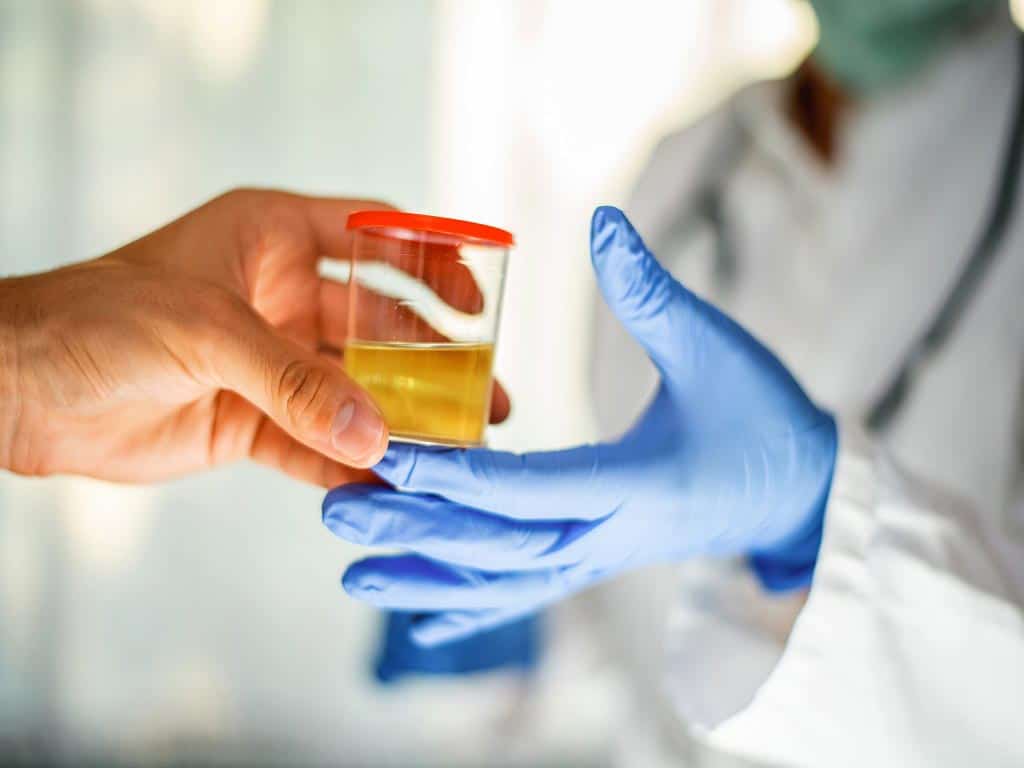
Alcohol in Drug Urine Test: Burn-Off Rate
Regardless of how fast the body metabolises alcohol, it eliminates this substance at a rate of 0.016% BAC (Blood Alcohol Content) per hour. Consuming caffeine or water, taking a bath, or inducing vomiting does not aid in reducing BAC levels. Only the passage of time can lower it. Alcohol in drug urine tests is detectable even after a day of consumption.
In the workplace, an employee may have consumed an excessive amount of alcohol the previous day. The effects of alcohol consumption may still linger when they work. Employers in safety-critical industries can ensure the safety of their employees by utilising tools like workplace breathalysers. These devices enable them to easily and efficiently conduct regular alcohol tests.
Detecting alcohol using a drug urine test or breathalyser actively contributes to ensuring workplace safety. Employers should remember that the alcohol burn-off rate is usually 0.016%. This means around one standard drink is metabolised per hour. Knowing an employee’s current alcohol level in the morning can estimate their alcohol consumption from the previous day.
What to Anticipate After Drug Urine Test
Some drug urine tests provide results within a few minutes, while others may take a few days. Employees can receive their results via email or from their management. The workplace policy addresses how to handle test results. Hence, it prioritises the maintenance of confidentiality and the protection of employee rights.
If an employee tests positive, an officer will discuss the situation privately. The policy guides the actions for handling positive test results. In high-risk industries, they enforce a zero alcohol tolerance policy. Consequently, an employee may face disciplinary actions like suspension or probation if the test result comes out positive.
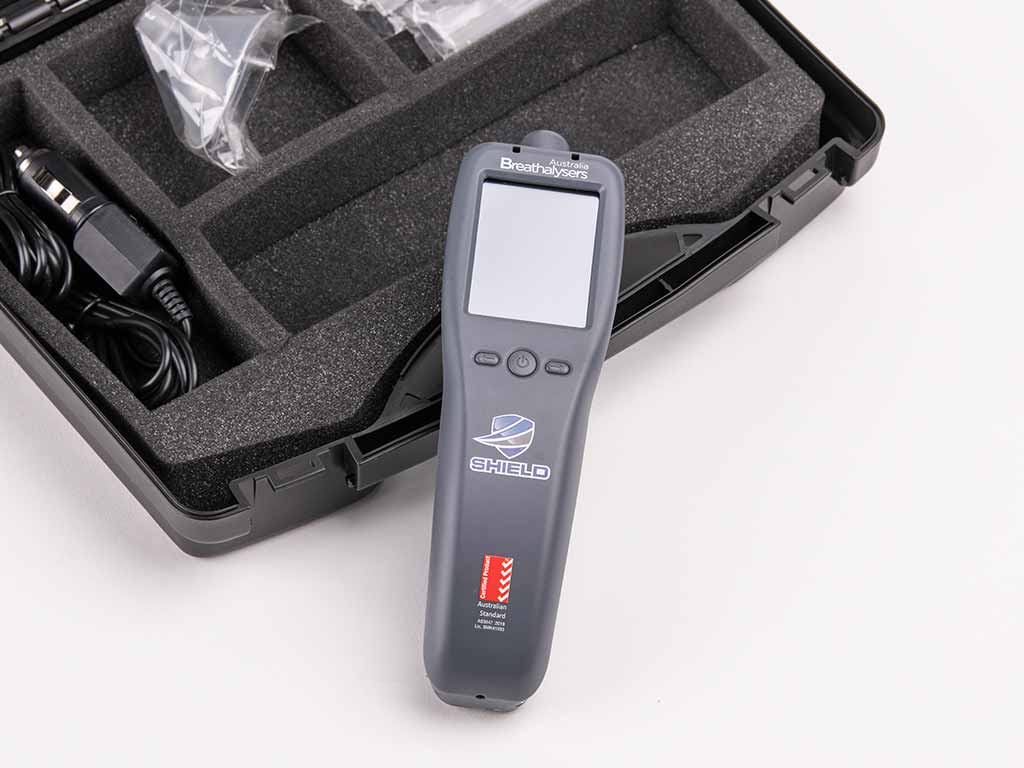
Alcohol in Drug Urine Test vs. Alcohol in Breath Test
Using a drug urine test for alcohol impairment in the workplace can be effective. Advanced tests like EtG/EtS can detect alcohol use up to 3 to 5 days after the last instance of consumption. However, checking for alcohol in drug urine tests has limitations. These include the need for trained professionals, longer result retrieval times, and higher testing costs.
In contrast, a breath test has the advantage of instantly detecting the BAC level. Breathalysers New Zealand provides reliable workplace devices that accurately measure BAC levels. The BACtrack and SHIELD Express Identity professional breathalysers employ fuel cell sensors that specifically detect ethanol and do not react to any other substance. As a result, they are unlikely to produce false-positive results.
Furthermore, conducting a breath test does not involve any invasive procedures. Individuals just need to blow into the mouthpiece and wait for 10 to 15 seconds to process BAC results. Additionally, anyone can operate a breathalyser. They can easily conduct regular monitoring of BAC with a single button press.
Benefits of Workplace Breathalysers
Workplace breathalysers enhance safety by detecting alcohol impairments before possible accidents. They are important in industries that involve working at heights, operating heavy machinery, or driving. Moreover, these devices discourage employees from consuming alcohol on the job or coming to work under the influence.
Incorporating these devices ensures the workforce remains sober and healthy. It improves productivity and reduces absenteeism among employees. Additionally, it reduces costs by lowering hospitalisation expenses. Furthermore, these devices help employers comply with health and safety regulations and avoid legal penalties. Overall, workplace breathalysers promote a safer and more productive work environment.
Conclusion
Alcohol in drug urine tests can be detected by measuring the concentration of ethanol in a urine sample. These tests can indicate recent alcohol consumption within a few hours to a couple of days. However, they have drawbacks, including longer result retrieval times, higher testing costs, and the requirement for trained professionals. On the other hand, a breath test provides instant detection of BAC level, making it a more efficient option for alcohol testing.
Employing workplace breathalysers offer numerous benefits in terms of accuracy, safety, and regulatory compliance. These devices effectively detect alcohol impairments that prevent accidents, especially in high-risk industries. Moreover, breathalysers, such as those from Breathalysers New Zealand, promote a sober and healthy workforce by discouraging employees from consuming alcohol before and during work. As a result, productivity improves, absenteeism decreases, and healthcare costs are reduced. Moreover, employers can meet health and safety regulations and avoid legal penalties.


















